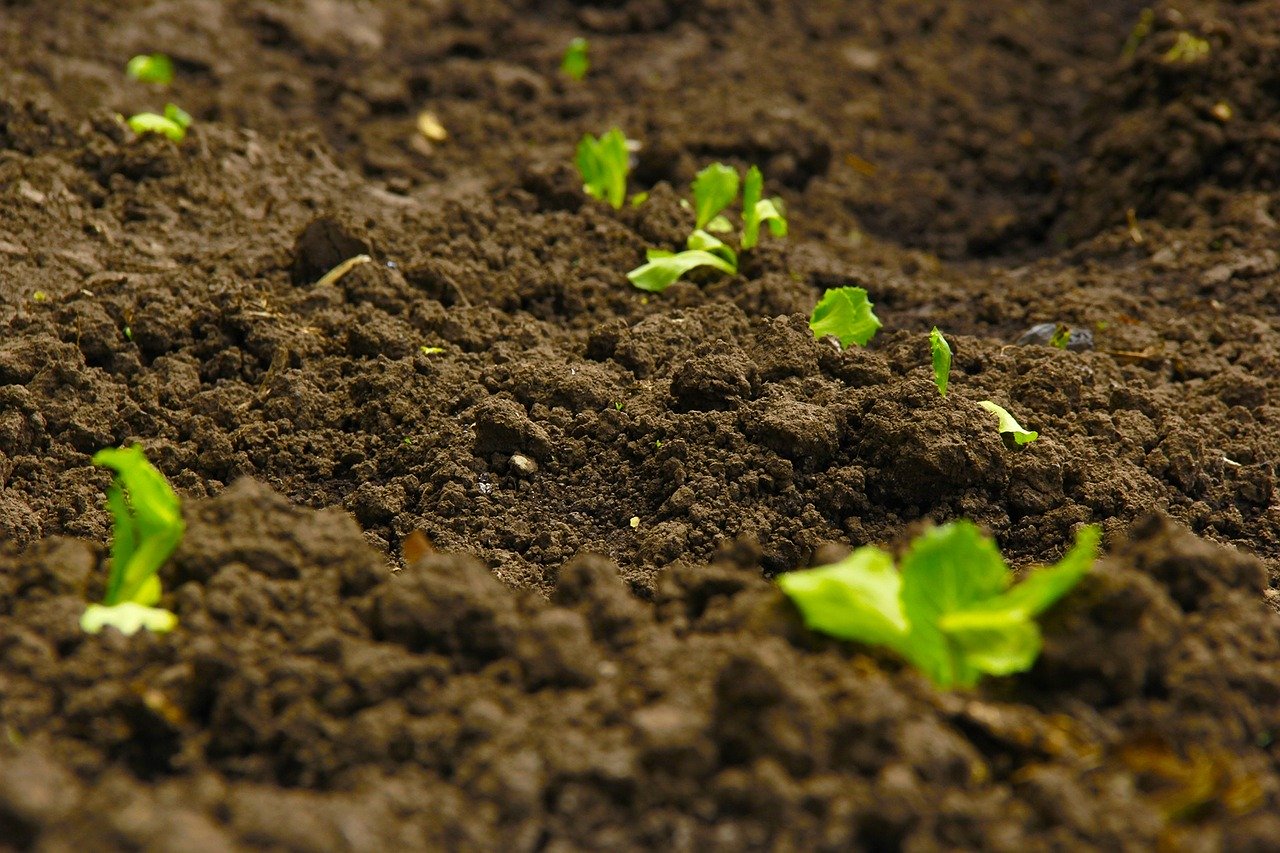By Heather Webb
When it comes to the future of UK agriculture, much of the recent debate has been focused on post-Brexit trade deals and the financial support options being made available to farmers in the years ahead.
There’s no doubt these are important issues, but for producers keen to think about their business’ future it’s not just what’s happening in Westminster that’s important: it’s what’s happening under their feet as well.
Soils have become a hot topic in recent years, and the government has made it clear how seriously it regards them in terms of supporting the country’s environmental health.
Recognising soil as a public good in the Agriculture Act, the legislation highlights the importance of soil in alleviating flooding, improving water quality and sequestering carbon.
What’s more, it stresses the need for landowners and managers to be financially rewarded for protecting and improving their soil, meaning it is more central to a farm’s operations than ever before.
Unlocking soil’s potential
With 95% of the UK’s food grown in soil there’s no doubt that supporting soil health is critical, but in recent decades our soil health and quality has been in steady decline.
Soil degradation is costing England and Wales as much as £1.4bn a year, with almost half (47%) of those costs linked to the loss of organic matter, which is crucial to maintaining soil health.
Getting our soil health back on track can clearly bring financial and environmental benefits, but the big question is how do we begin to improve our soils and unlock their true potential?
To start with, it’s worth recognising that while peat soils store over half of the UK’s soil carbon, there is opportunity to increase organic matter across all types of soil. Increased organic matter can help improve soil structure and lock carbon in the soil, helping to reduce its release into the atmosphere.
There are a number of ways farmers can look to increase soil organic matter, whether that’s through introducing livestock onto land, growing cover crops, using organic fertiliser, or reducing cultivation. The best options might vary from farm to farm, so it can be worth seeking advice to understand which one could work best for your business.
Another important element to remember is that degraded soils can be rich in carbon, without having the capability to grow quality crops. It’s therefore important that government policy and investment focuses on building healthy soils that deliver multiple benefits including producing quality food, and not just locking up carbon.
Raising food, sinking carbon
With the government working to incentivise soil health improvements, plus a growing recognition of the need to use soil to help achieve the country’s net zero targets [1], there’s no doubt that the focus on soil is going to grow.
For those who are prepared to innovate and look for new opportunities, the potential to develop carbon markets and increase yields through improved soil health means this could mark the start of an exciting time.
And while we don’t yet know if mineral soils will indefinitely sequester carbon through changing management practices alone, new approaches to soil health, technology and land use mean that getting our soils in shape is going to be as important as the shape of our future policies.
[1] CCC 2020 ‘Land use policies for a net zero UK’. Committee on Climate Change







